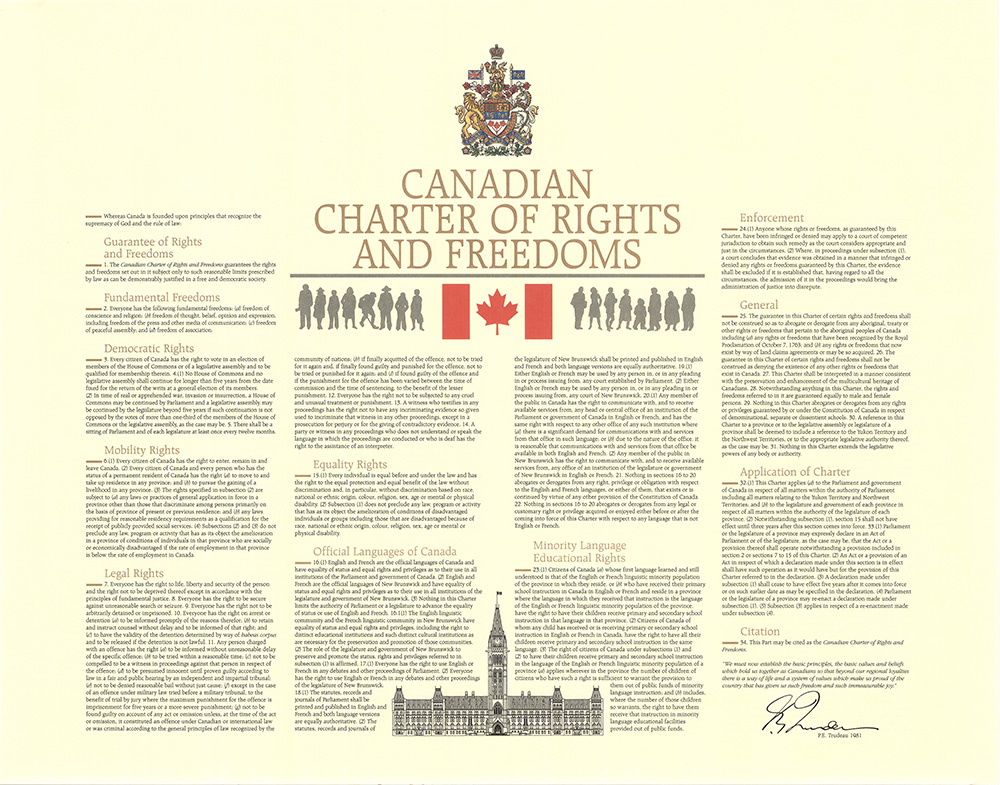What is substantive equality?

Introduction
This module will address the distinction between ‘formal’ and ‘substantive’ equality. This distinction is crucial to advance feminist law reform.
Formal equality (or equal rights) generally means that laws and policies treat everyone the same. A formal equality analysis focuses on the form of the law (whether it provides identical treatment) and its intention (whether it intends to discriminate or not). For example, a formal equality analysis of a policy that requires everyone to take the stairs would find that it applies equally to everyone. It would not find that it disadvantages people who use wheelchairs.
In contrast, substantive equality demands equal outcomes in terms of how laws and policies play out in the real world. A substantive equality analysis asks whether a law offers equal protection and benefit to everyone. It recognizes that a law appearing neutral can, despite good intentions, have adverse effects for specific groups of people. A substantive equality analysis makes it clear, for example, that a policy that assumes everyone should take the stairs discriminates against some people with disabilities.
Sections 15 and 28 of the Canadian Charter of Rights and Freedoms and section 35(4) of the Constitution Act, 1982 guarantee substantive rather than merely formal equality. This is important in the fight to ensure women live free from discrimination in all spheres of their lives — whether social, cultural, economic or political. In sum, when engaging in feminist law reform, it is important to think through the impacts of reforms for different groups of women, to ensure substantive equality is being promoted and achieved.
“By formal equality, I mean an understanding of equal treatment as requiring simply the same treatment – that individuals are treated identically with no eye to the different contextual (social, historical, economic, or cultural) factors that distinguish each individual and that may mean that the effect of such ‘equal’ treatment will vary across individuals. An approach characterized, conversely, by an insistence on a substantively equal outcome will look to contextual factors, to how the treatment in question affects each individual in light of pre-existing individual and group characteristics, circumstances, and history. Under a substantive approach, equality may very well demand different treatment; equality in substance is determined by an assessment of the effects and outcome of the treatment in question.”
The Canadian Charter and Women’s Equality Rights
Before diving into the readings, learn about the sections of the Canadian Charter of Rights and Freedoms that work to advance and protect women’s equality rights.

Read
Of Promise and Peril: The Court and Equality Rights
(2017) LexisNexis Canada. First published in The Supreme Court Law Review, Second Series, Volume 78. Reprinted with Permission at 235 - 257.
Rethinking Baker: A Critical Race Feminist Theory of Disability
One of the dangers of standing at the intersection […] is the likelihood of being run over.
— Ann duCille
The Elephant in the Room and Straw Men on Fire
A great unacknowledged challenge in litigating systemic discrimination claims under the section 15 equality guarantee of the Canadian Charter of Rights and Freedoms is that claimants bear a double burden. Like all litigants, they must meet the burden of proving the elements of their legal claim. But, before they can do that, equality claimants must often first meet the extraordinary burden of dislodging judges’ phenomenological anchoring in worldviews shaped by privilege. Where judges lack lived experience of systemic oppression, claimants must convince them that oppression exists. This gulf between lived experiences — what I call the reality gap — is the elephant in the room in many section 15 cases.
Watch
Listen
The Meta Edition (The Women’s Court of Canada)
This is a special episode of Stare Indecisis. Rather than feature our Appeal authors, it includes interviews with two legal scholars, Raji Mangat and Jennifer Koshan, who tell us about section 15 of the Charter as it is reconfigured at the Women’s Court of Canada (WCC). The WCC is a fictional, feminist court that has re-written real equality cases as though they were on appeal from the Supreme Court of Canada.
Engage & Discuss
Can you think of examples of formally equal laws or policies that affect the women you work with? How would they need to be reformed to promote women’s substantive equality?
Can you think of a law, bill or case that was meant to promote women’s equality, but negatively affected some groups of women’s substantive equality? How do you think this can be avoided or remedied?
Is the “intention” behind a law important in the context of the Canadian Charter? Why or why not? What does this mean in practice when engaging in feminist law reform?
Additional Resources
Addressing Gendered Violence against Inuit Women: A review of police policies and practices in Inuit Nunangat
Also available in Inuktitut.